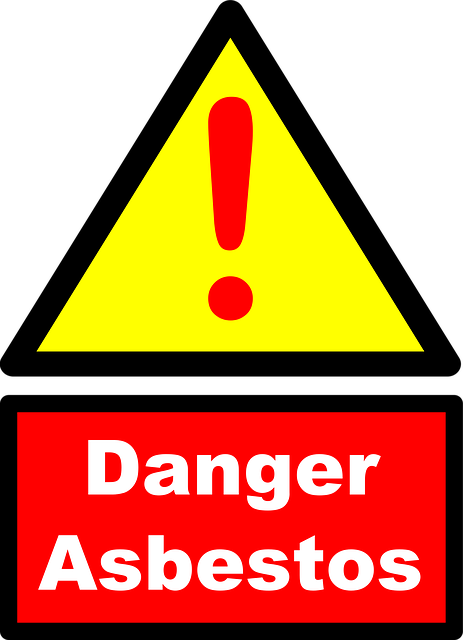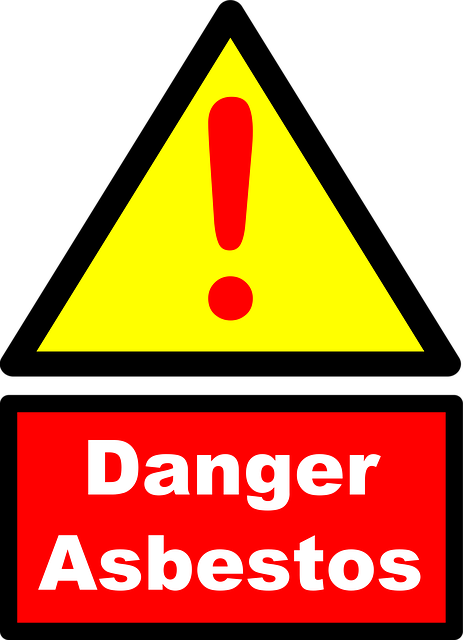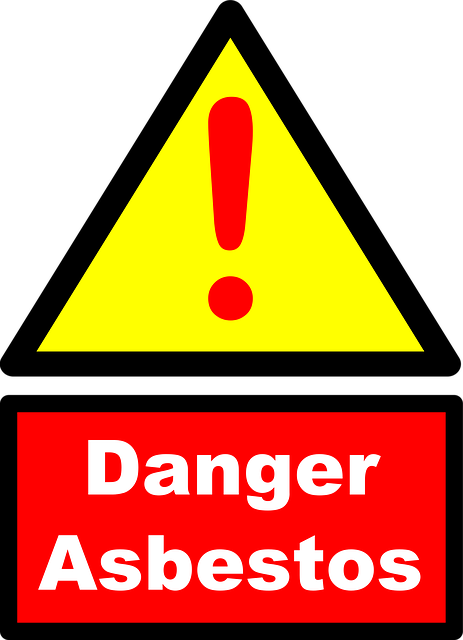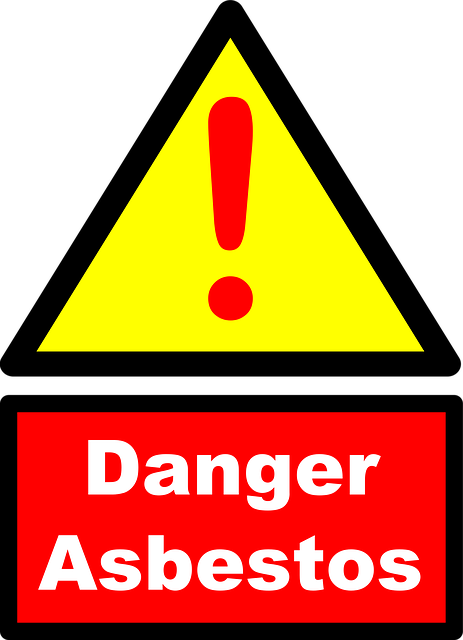Peoria's historical asbestos exposure from industrial activities increases mesothelioma risk. Former workers, construction staff, and nearby residents face elevated dangers. Early detection through regular check-ups and specialized imaging is crucial for improved survival rates. Preventive measures include avoiding asbestos sources in older buildings and adhering to industry regulations.
Mesothelioma, a rare yet aggressive cancer linked to asbestos exposure, is emerging as a growing concern in Peoria. This article delves into the specific risks of mesothelioma in the region, focusing on who is most vulnerable and what strategies can aid early detection and prevention. Understanding these factors is crucial for residents and workers alike to take proactive measures against this insidious disease, particularly given Peoria’s unique environmental considerations.
- Mesothelioma in Peoria: A Growing Concern
- Who is at Risk in Peoria's Environment?
- Early Detection and Prevention Strategies
Mesothelioma in Peoria: A Growing Concern

Mesothelioma, a rare and aggressive form of cancer, has become a growing concern in Peoria. The disease is strongly linked to exposure to asbestos, a mineral that was widely used in construction, shipbuilding, and manufacturing industries in the past. With many historic buildings and industrial sites in and around Peoria, residents and workers face an elevated risk of developing mesothelioma.
Peoria’s geographic location and its rich industrial history have contributed to a higher incidence rate of this devastating illness. Asbestos-related diseases often take years to manifest, and with the continuous presence of asbestos in certain environments, the number of Peoria Mesothelioma cases is expected to rise. Early detection and access to specialized medical care are crucial for improving outcomes for those affected by this rare yet serious condition.
Who is at Risk in Peoria's Environment?

In Peoria, certain groups are more susceptible to mesothelioma risks due to environmental factors. Those who have worked or lived in areas with historical asbestos exposure are particularly vulnerable. This includes former industrial workers, construction site employees, and residents nearby these sites. Asbestos was commonly used in building materials until its dangers became widely known, leading to increased regulations.
Peoria’s environment has seen its share of industries that utilized asbestos, putting the local community at a higher risk for mesothelioma. Individuals who inhaled asbestos fibers or had contact with contaminated dust are likely candidates for this rare but aggressive form of cancer. It is crucial for residents and workers alike to be aware of their potential exposure history and take necessary precautions to monitor their health, especially if they fit within these high-risk categories.
Early Detection and Prevention Strategies

Early detection plays a pivotal role in managing mesothelioma, a rare yet aggressive cancer often linked to asbestos exposure. In Peoria, where historical industrial activities have contributed to elevated asbestos risks, staying proactive is essential. Regular medical check-ups tailored for high-risk individuals can significantly enhance survival rates. These visits should include comprehensive lung examinations and, in some cases, specialized imaging tests like CT scans or chest X-rays.
Prevention remains the best strategy for Peoria residents concerned about mesothelioma. Avoiding known asbestos sources is paramount, especially in older buildings where the mineral might be present in insulation, flooring, or roofing materials. Wearing protective gear when remodeling or working in potentially contaminated environments is crucial. Furthermore, staying informed about industry regulations and safe work practices can mitigate the risk of asbestos exposure, thereby safeguarding both current and future residents of Peoria.
Peoria residents now have a better understanding of mesothelioma risks within their environment. By identifying those most vulnerable, implementing early detection strategies, and adopting preventive measures, the community can work towards reducing the impact of this aggressive disease. Awareness is key to navigating the challenges posed by Peoria mesothelioma, empowering folks to take control of their health and forge a path toward a safer future.
